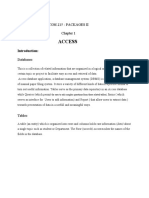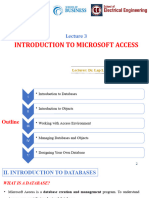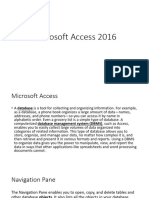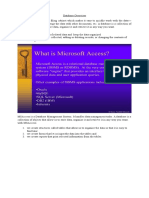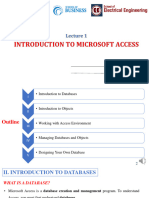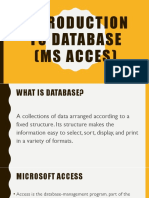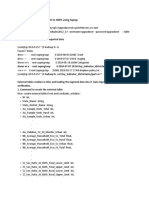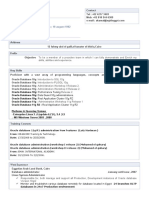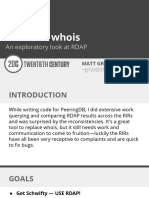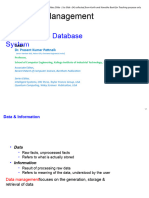0% found this document useful (0 votes)
80 views21 pagesIT Fundamentals for Business
This document provides an overview of a course on IT fundamentals and business software tools, including databases. It discusses database concepts such as tables, records, fields, and primary keys. It also describes how Microsoft Access allows users to create tables to store data, forms to enter and view data, queries to search and filter data, and reports to print and organize data. The goal is to introduce students to basic database structure and functionality using Microsoft Access.
Uploaded by
menchie navarroCopyright
© © All Rights Reserved
We take content rights seriously. If you suspect this is your content, claim it here.
Available Formats
Download as PDF, TXT or read online on Scribd
0% found this document useful (0 votes)
80 views21 pagesIT Fundamentals for Business
This document provides an overview of a course on IT fundamentals and business software tools, including databases. It discusses database concepts such as tables, records, fields, and primary keys. It also describes how Microsoft Access allows users to create tables to store data, forms to enter and view data, queries to search and filter data, and reports to print and organize data. The goal is to introduce students to basic database structure and functionality using Microsoft Access.
Uploaded by
menchie navarroCopyright
© © All Rights Reserved
We take content rights seriously. If you suspect this is your content, claim it here.
Available Formats
Download as PDF, TXT or read online on Scribd
/ 21






















